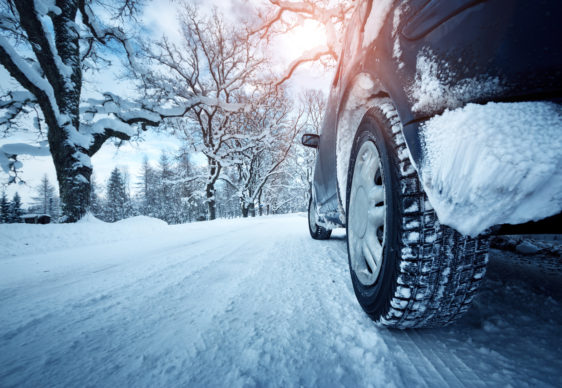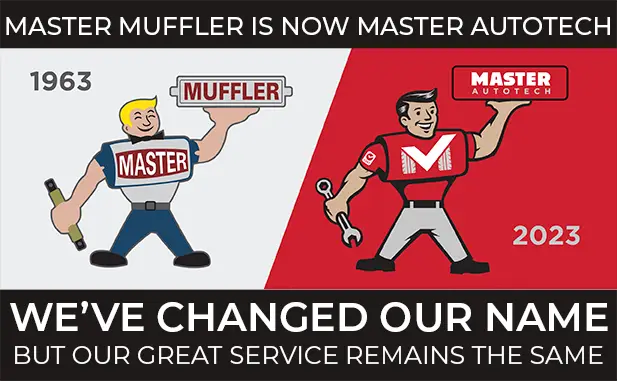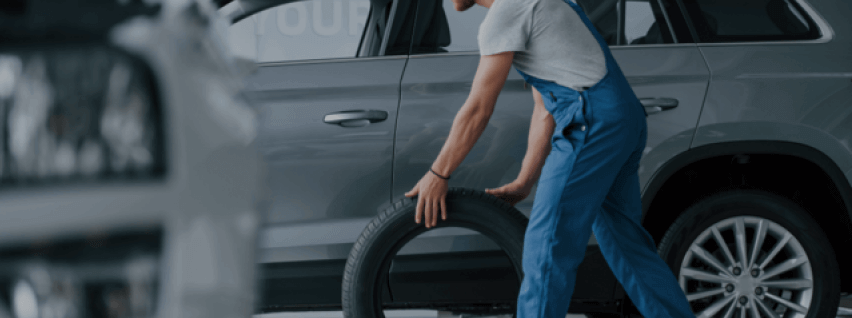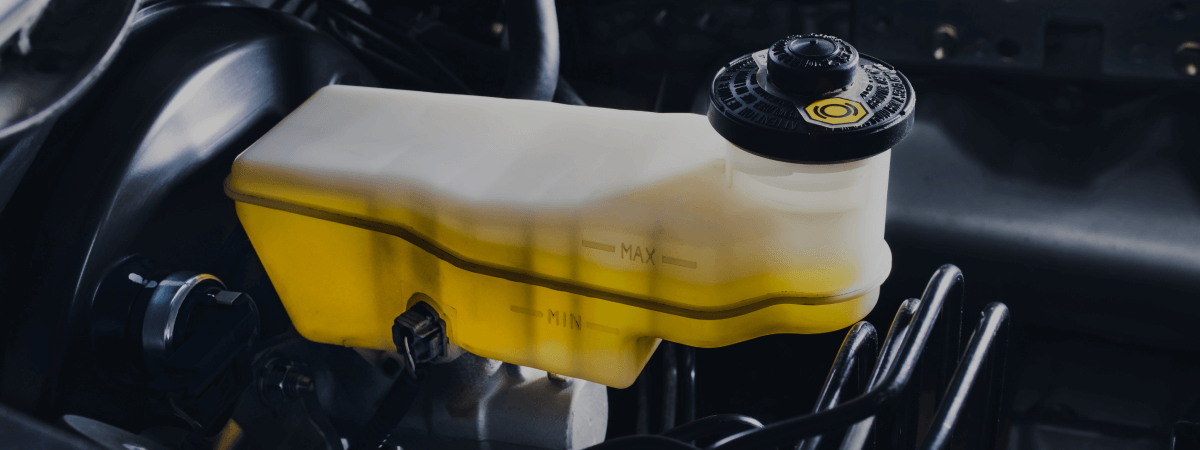
PART 1
Living in Utah is a wonderful experience. The people here are nice, there is excellent food, and the scenery is gorgeous. However, as citizens of a state that gets all four seasons, Utahns know that the winters here can be quite harsh, especially on the cars that we drive. Getting your vehicle serviced and prepared for winter is part of what it takes to be a responsible car owner in this state. Although winterizing your vehicle might seem complicated, this 2-part series will help simplify the process by pointing out common issues that need to be addressed to get your car ready for the colder months.
Change to snow tires
One of the most common ways that people make driving in the snow more dangerous than it has to be is by driving on tires that are not winter-ready. Driving through the snow can be a dangerous thing, and the roads are often slick, which can make it hard to maneuver a vehicle. It is highly recommended by all vehicle manufacturers that you either equip your car with snow tires or all-season tires, for this reason. Snow tires are designed to give the driver maximum control, and are optimal in colder temperatures.
Check the heater
Not only is it terribly uncomfortable to drive in the winter without a working heater, but it can also be incredibly dangerous. Having a functional defroster is imperative to a driver’s visibility during a Utah winter, when moisture can freeze on the windows and make it impossible to see. On top of that, a driver’s reflexes will be slower if their body temperature gets too low. Driving in what is essentially an ice box on wheels is a certain way to do this. When you take your vehicle in for a seasonal maintenance before winter, make sure that they check on the status of your heater and defroster.
Flush the cooling system
The cold weather can do quite a number on your engine, if you are not prepared. If the fluids in your engine are imbalanced and old, then corrosion can begin to manifest and certain parts in the engine system will eventually fail. Before winter comes, it is a generally good idea to take your vehicle in to have the engine coolant replaced. Generally, a good balance of fluids is to have 60% coolant and 40% water in your cooling system.
Continued in Part 2.
Related Posts
Key Takeaways On average, passenger vehicle tires last 40,000 to 60,000 miles, depending on type, driving habits, and maintenance. Replace tires when tread depth reaches 2/32”, if damaged, or older than 10 years. Regular rotation, alignment, and proper inflation extend tire life. Aggressive driving, poor roads, and harsh weather shorten tire lifespan. Take advantage [...]
When you think about car maintenance, you probably focus on oil changes, tire rotations, and maybe even brake pad replacement. But what about your brake fluid? If you’ve ever wondered, “What does brake fluid do?” or “Why is brake fluid important?”, you’re not alone. Brake fluid might not be the most talked-about part of [...]
Is that high-pitched squeal from your brakes driving you—and everyone else—crazy? Don’t ignore it. Squeaky brakes aren’t just annoying, they’re your car’s way of saying something needs attention. Whether you're cruising through Salt Lake City or winding up Idaho’s mountain passes, here’s what’s likely going on, how you can fix it, and when it [...]





